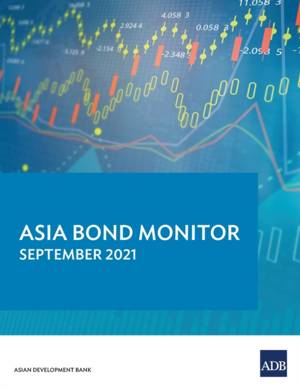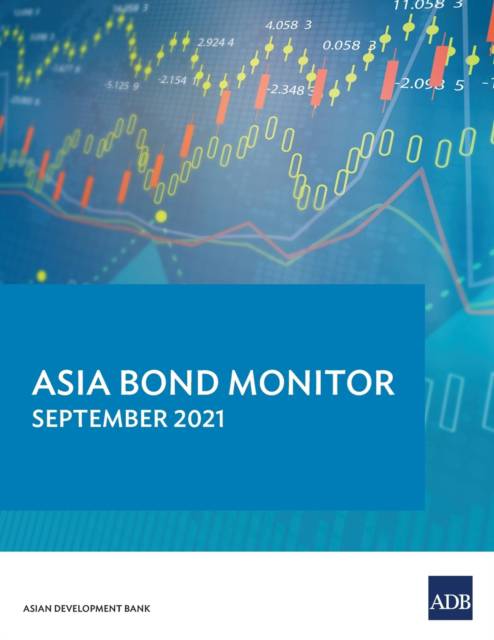
- Afhalen na 1 uur in een winkel met voorraad
- Gratis thuislevering in België vanaf € 30
- Ruim aanbod met 7 miljoen producten
- Afhalen na 1 uur in een winkel met voorraad
- Gratis thuislevering in België vanaf € 30
- Ruim aanbod met 7 miljoen producten
Zoeken
€ 44,95
+ 89 punten
Omschrijving
In the second quarter of 2021, rising COVID-19 cases have cast a shadow over emerging East Asia's growth outlook. Yet the region's financial conditions remain broadly stable amid accommodative monetary policy stances despite some weakening signs.
Local currency (LCY) bond markets in emerging East Asia expanded to $21.1 trillion at the end of June, as governments tapped LCY bonds to support recovery measures and contain the negative impact of rising COVID-19 cases. The ASEAN+3 sustainable bond market expanded to $345.2 billion at the end of Q2 2021, accounting for nearly 19% of the global sustainable bond market. The risk to the outlook for regional financial markets remains tilted to the downside. Uncertainty over recovery prospects due to COVID-19, combined with a strong US economic rebound and possible earlier-than-expected monetary policy normalization in the US, could lead to further weakening of financial conditions. This issue of the Asia Bond Monitor features special boxes on emerging East Asia's economic outlook, market capacity and central banks' asset purchasing programs, debt build-up, and social risk in developing Asia.
Local currency (LCY) bond markets in emerging East Asia expanded to $21.1 trillion at the end of June, as governments tapped LCY bonds to support recovery measures and contain the negative impact of rising COVID-19 cases. The ASEAN+3 sustainable bond market expanded to $345.2 billion at the end of Q2 2021, accounting for nearly 19% of the global sustainable bond market. The risk to the outlook for regional financial markets remains tilted to the downside. Uncertainty over recovery prospects due to COVID-19, combined with a strong US economic rebound and possible earlier-than-expected monetary policy normalization in the US, could lead to further weakening of financial conditions. This issue of the Asia Bond Monitor features special boxes on emerging East Asia's economic outlook, market capacity and central banks' asset purchasing programs, debt build-up, and social risk in developing Asia.
Specificaties
Betrokkenen
- Auteur(s):
- Uitgeverij:
Inhoud
- Aantal bladzijden:
- 104
- Taal:
- Engels
- Reeks:
Eigenschappen
- Productcode (EAN):
- 9789292690434
- Verschijningsdatum:
- 30/01/2022
- Uitvoering:
- Paperback
- Formaat:
- Trade paperback (VS)
- Afmetingen:
- 216 mm x 279 mm
- Gewicht:
- 349 g

Alleen bij Standaard Boekhandel
+ 89 punten op je klantenkaart van Standaard Boekhandel
Beoordelingen
We publiceren alleen reviews die voldoen aan de voorwaarden voor reviews. Bekijk onze voorwaarden voor reviews.











